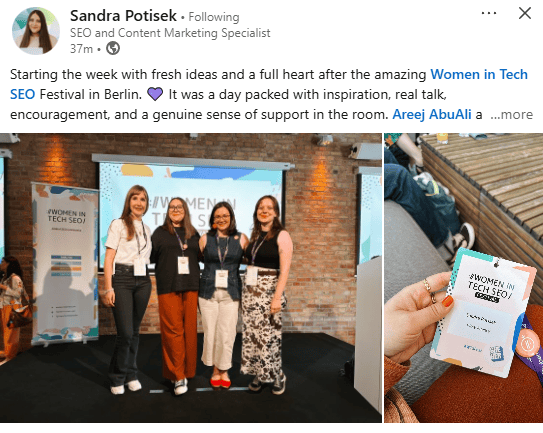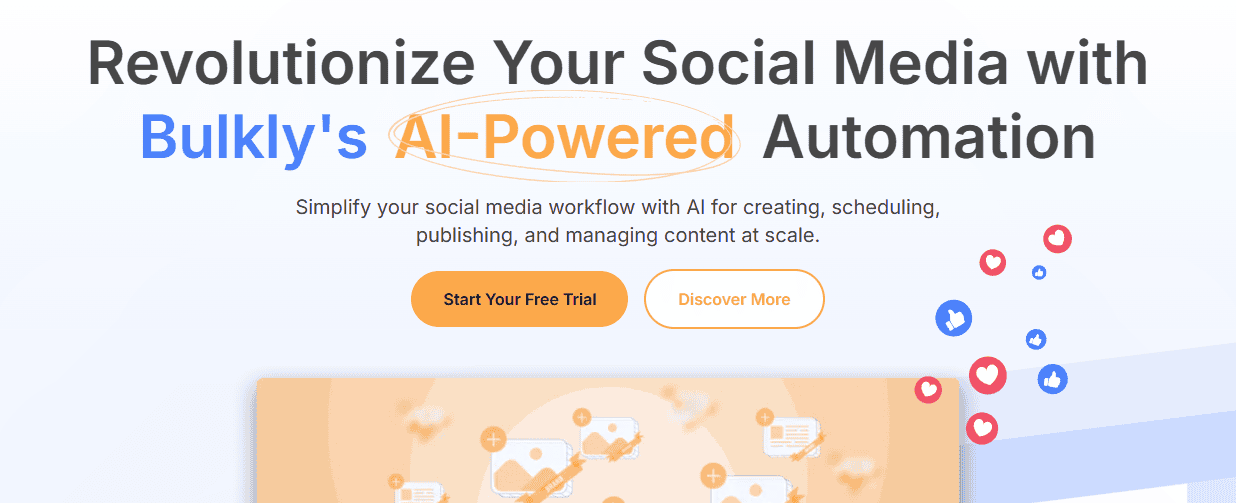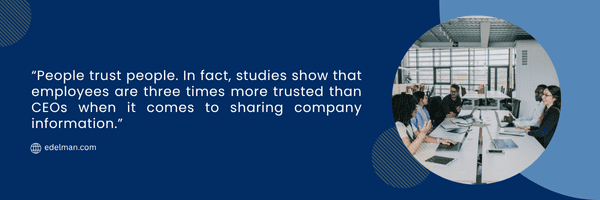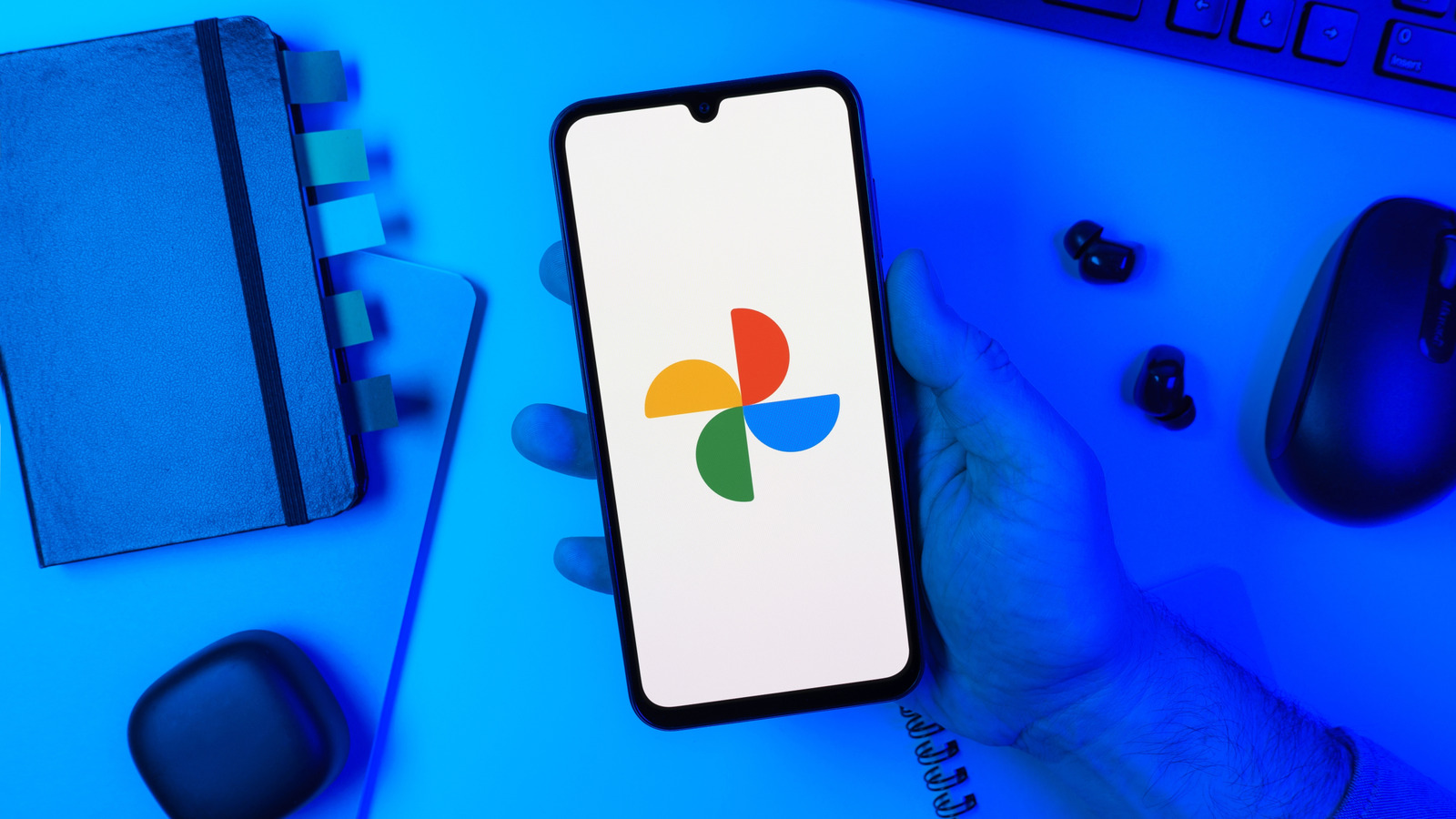Ever noticed how a simple LinkedIn post from a colleague gets more attention than a branded company announcement? That’s the power of employee advocacy. In fact, content shared by employees gets 8x more engagement than content shared through official brand channels, and it’s reshared 24x more often.
In this guide, we’ll explore what employee advocacy looks like on social media, why it matters for both companies and employees, and how you can build a program that people want to be part of. From understanding the basics to building a program that works, this guide will help you make the most of employee advocacy.
What is employee advocacy?
Employee advocacy is when you and your colleagues actively promote your company on your social media profiles. Think of it this way: when you share a company blog or repost a job opening, you’re acting as an advocate. You’re helping the company expand its reach and credibility by putting your personal touch on the brand.
In short, employee advocacy turns you into an authentic messenger for your company’s message, simply by sharing authentic content through your social channels.
What is employee advocacy on social media?
Employee advocacy on social media happens when you share your company’s content on your social platforms, like LinkedIn, Twitter, Instagram, or even Facebook. This could be anything from a new product launch or a behind-the-scenes photo from a team event.
Instead of all the communication coming from the company’s official accounts, your involvement helps tell the brand’s story in a more personal and relatable way. When you post about your work life or company updates, your network sees it as authentic because it’s coming from you, not a marketing team.
(Source)
By doing this, you’re not just sharing content, you’re building trust, extending the brand’s reach, and positioning yourself as someone proud of where you work.
Benefits of employee advocacy
When you share something about your company on social media, it creates real value for the business as well. Here’s how it helps the company:
1. Increased brand visibility
When you share something about your ongoing work project update, your network sees it. And chances are, many of those people don’t follow your company directly. That means your post is helping the brand reach a new audience in a way company pages often can’t, while positioning it as an engaging brand on social.
Now imagine if 20 or 50 more employees do the same. Suddenly, the company’s name is showing up all over LinkedIn or Instagram, just through everyday posts without a single ad.
2. Lower marketing costs
Running ads can get expensive fast. Whether it’s promoting content, running campaigns, or boosting posts, the cost adds up. But when you and your team start sharing company updates on your social profiles, it creates real attention without using up the marketing budget.
Your posts feel more personal and more relatable, and they often get better engagement than branded content. It’s a smart, budget-friendly way for the company to get noticed without relying solely on paid promotions.
3. Improved employer branding
People trust what they see from real employees more than career pages or corporate videos. When you share moments from your day, whether it’s a team win, a behind-the-scenes look at a project, or just something you admire about your job, it gives others a genuine feel for the company culture.
That kind of authenticity stays with people. It helps potential candidates picture themselves working there and makes the company stand out as a place where people actually enjoy what they do.
“At Craze, we’ve seen firsthand how employee advocacy can transform internal culture. When employees are encouraged to share their experiences authentically, it not only builds external trust but also improves internal engagement and belonging.”
— Kabir Nagral, Founder at Craze (All-in-one HR platform)
4. Enhanced lead generation
It’s not just about awareness; employee advocacy can actually drive business. If someone in your network sees a helpful article you shared or learns about your product or service from a post, it could lead to a new customer conversation. Your content can directly impact sales.
Benefits of employee advocacy for employees
1. Personal brand growth
Every time you share industry insights, company updates, or your own experiences at work, you’re building your personal brand. Over time, people begin to see you as someone who knows their field and is actively involved in it.
That kind of visibility can open new opportunities, whether it’s speaking opportunities, future roles, or just being seen as a go-to person in your space.
2. Networking opportunities
When you post regularly about your work, industry trends, or even your day-to-day wins, people start to notice. It’s not just about likes or comments. It’s about starting real conversations.

You’ll find that others in your field begin to engage with your content, send connection requests, or even reach out to collaborate. Over time, this builds a strong professional network made up of people who actually know what you’re good at.
3. Recognition and rewards
When you consistently share meaningful content about your work, people notice, both inside and outside the organization. You might get a shoutout from your manager, a feature in the company newsletter, or even small rewards like gift cards.
But beyond the tangible stuff, there’s also a sense of personal recognition. It shows you care about what you do and are proud to be part of the team. That kind of effort often leads to more trust, more visibility, and sometimes even new opportunities within the company.
4. Staying informed and involved
Advocates often get early access to company updates, campaigns, or content. That means you’re always in the loop and feel more connected to what’s happening beyond your immediate team. It’s a great way to stay engaged and contribute to the bigger conversation.
5. Skill development
Being involved in advocacy helps you develop valuable skills such as writing, communication, content creation, and even leadership. The more you practice sharing your ideas and insights, the more confident and capable you become in expressing your professional voice.
How to build an employee advocacy program
To make employee advocacy work, it needs to be a thoughtful program, something that feels easy, natural, and valuable for the people involved. Here’s how you can build a program that employees want to be part of:
1. Set clear goals
Start with a simple question: Why are we doing this?
Maybe you want to improve your brand’s reach, attract new talent, increase website traffic, or position your team as industry thought leaders. Whatever it is, get specific. The more focused your goals are, the easier it becomes to measure success and keep your team aligned.
For example, if your goal is employer branding, you might track how many job applicants mention seeing employee posts. If it’s lead generation, you’ll look at clicks and conversions from shared content. Clear goals also help employees understand the “why” behind their involvement, making them more likely to participate.
2. Identify and train your advocates
Start by identifying employees who are already active on platforms like LinkedIn or those who genuinely share company updates. These initial supporters can help build momentum. Invite them into your group and give them some basic guidance:
- What types of content to share
- How to write in their voice
- How to maintain the right balance between personal and professional
The goal here is not to teach employees about marketing; it’s to help them feel confident about sharing content in a way that still looks genuine.
3. Make shareable content easy and accessible
Most employees would still need help getting started, particularly with knowing what information to share. Create a library of ready-to-share content, blog links, visuals, short post suggestions, or even templates they can customize.
You can also use an AI content writing tool to help generate quick, on-brand post ideas that employees can personalize easily.
Make sure it includes a mix of things, like company news, industry insights, behind-the-scenes culture, and even employee stories.
The easier you make it, the more likely people are going to share. And remember, the goal isn’t to make every post sound like a press release. Encourage employees to add their thoughts or experiences to make it feel more personal.
4. Use the right tools to stay organized
Managing an advocacy program manually can quickly become difficult to manage. There are tools designed specifically for this.
Platforms like bulk.ly help you centralize content, track shares, and monitor engagement. These tools make it easy for employees to log in, get content, and share it with one click.

Even if you’re not ready for a full platform, you can start small by using Slack. With Slack promo codes, you can upgrade to paid plans for much less, or even use a shared Google Doc to distribute content and keep everyone connected.
To further streamline internal communication and keep everyone aligned, companies can also integrate an AI meeting assistant into their workflow. These tools can automatically capture key takeaways from meetings, generate summaries, and share action items, making it easier for employees to stay informed and find content worth sharing.
5. Incentivize and celebrate participation
People want to feel appreciated, so just make sure employees know their efforts are being noticed. Highlight top advocates in team meetings. Create fun leaderboards. Offer small perks like gift cards or shoutouts on the company page.
To identify your most loyal and enthusiastic employees, the ones most likely to advocate for your brand, consider using eNPS questions. This quick pulse can help you spot potential advocates based on their willingness to recommend your company to others.
When you turn advocacy into something fun, social, and rewarding, it becomes part of the culture, not a task on a checklist.
6. Track performance and keep improving
Like any marketing initiative, you’ve got to measure what’s working and what isn’t.
Use social media analytics to keep track of things like:
- Engagement on employee posts (likes, comments, shares)
- Referral traffic from social platforms
- Increase in brand mentions or followers
- Job applications or leads linked to shared content
Additionally, ask for feedback from your employees regularly. What kinds of posts are they comfortable sharing? What’s stopping others from participating? Use that feedback to adjust your strategy and improve over time.
What type of content works best for advocacy
If you want employees to feel good about what they’re sharing, and if you want the posts to actually get noticed, you need to give them valuable content, engaging and feels natural to talk about.
Here’s what works best:
1. Company news and announcements
Big achievements, product launches, funding updates, and awards, these kinds of updates are easy for employees to get excited about. They feel proud to be part of something worth sharing. Just make sure the content is written in a way that’s easy to explain, with visuals or quick highlights that employees can post alongside a personal comment.
Tip: Add a short blurb or suggested caption they can tweak and post in their own words.
2. Thought leadership and industry insights
People want to share content that makes them look informed. If your company creates blog posts, reports, or LinkedIn content that explores trends or offers expert advice, that’s perfect for advocacy.
It’s not just about promoting the brand, it’s about helping employees build credibility in their field while giving their network something genuinely useful to read.
3. Behind-the-scenes and culture posts
Social media is filled with corporate messaging. But what do people actually engage with? The human side.
Photos from team outings, onboarding stories, employee spotlights, work anniversaries, and remote work setups, this kind of content gives people a real sense of your company culture. And it feels way more natural for employees to share because it’s often about them or their teammates.
Tip: Encourage employees to post their photos or captions about life at work; it adds authenticity and enhances reach.
4. Hiring and referral posts
Open roles are perfect for advocacy. When employees share job openings, they’re helping their network while also supporting the company. These posts often perform well because they come from trusted people, someone saying, “Hey, come work with us,” not just a generic ad.
You can make this easy by sending out ready-to-post job blurbs that employees can personalize and share.

(Source)
5. User or client success stories
Whether it’s a case study, a client testimonial, or a social media post from a happy customer, this kind of content shows the real-world impact of your product or service, especially in industries like healthcare, where employee advocacy can support better patient engagement.
For example, if your company offers custom software development services, sharing a success story about a finished project can be a powerful way to demonstrate value.
When employees share this, it tells their network, “Here’s something we helped make happen.” That creates pride and also helps build trust around your brand.
Final Thoughts on Employee Advocacy on Social Media
Employee advocacy isn’t about turning your team into marketers; it’s about giving them a perspective and making it easy (and rewarding) to share what they already care about. When employees talk about their work, culture, or company wins, it comes across as real, and people pay attention.
From improving brand visibility and cutting marketing costs to helping employees grow their personal brands and expand their networks. But for advocacy to truly work, it has to feel genuine, not forced. That means creating the right kind of content, offering the right tools, and building a culture where sharing is natural, not a task.










